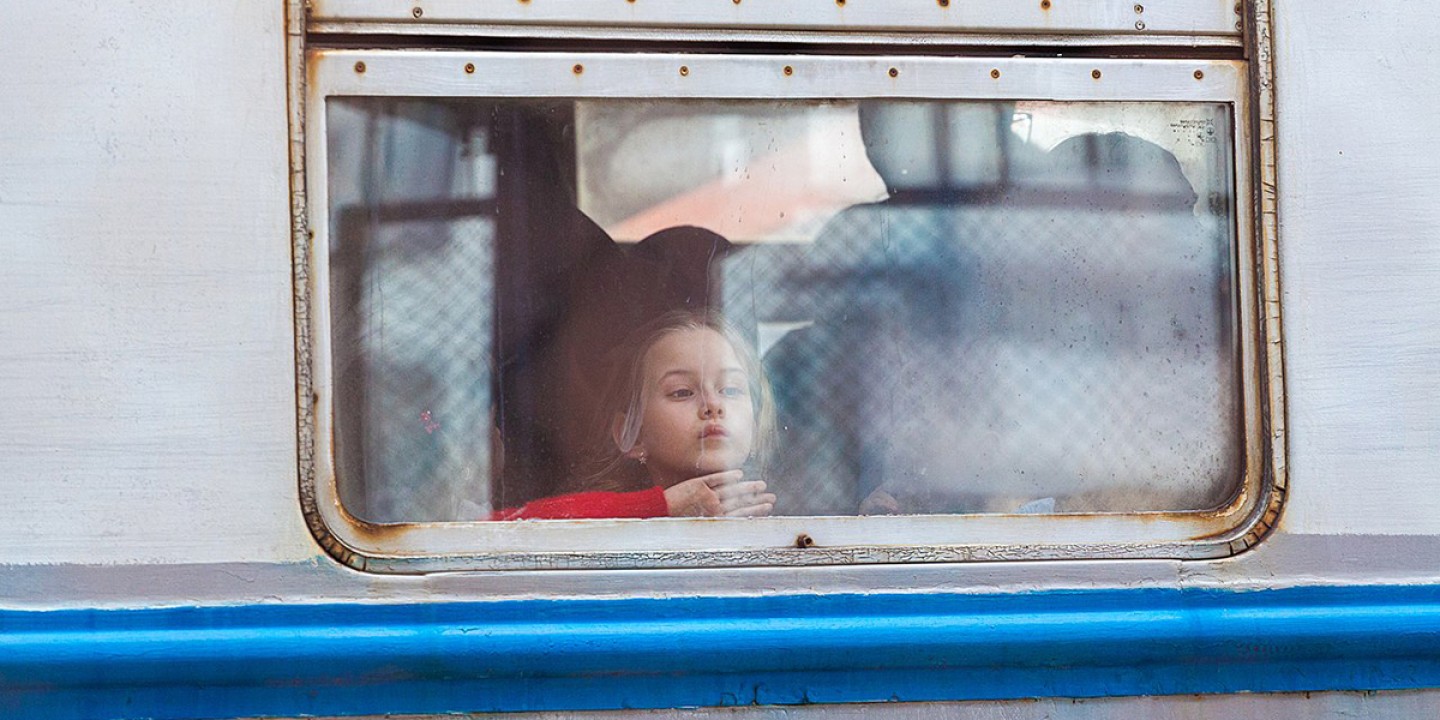Ukraine’s sleepless children
A failed high school science experiment increased my empathy for those who can’t sleep.

Randy Gardner was a 17-year-old San Diego high school student in 1963 when he set the world record for the longest stretch of time a human had gone without sleep. For 11 days and 24 minutes, Gardner managed to stay awake—with the help of friends, who documented his confusion and decline of mental acuity. Ever since, Guinness World Records has refused to endorse attempts to best Gardner’s feat, aware of health risks associated with sleep deprivation.
Little did two high school buddies of mine and I know, when we were 17 and deciding on our capstone science project, that some kid in San Diego had beat us to the draw. Once Bud and I talked Frank into being the subject of our sleep deprivation experiment and he foolishly consented, we were off with our notebooks and camera. The excitement of having two days of excused absence made the project feel special. Three less-than-mature guys with no credible application of the scientific method to support an ill-conceived project had duped an innocent science teacher.
The first night was rough, with Frank constantly on the verge of dozing off. Bud and I quickly realized that keeping him awake would be a two-person job, effectively ending any notion we had of catching an occasional nap ourselves. Around 2 a.m., we plopped down in a Dunkin’ Donuts booth and sipped stale coffee. Whenever Frank so much as lowered his eyelids we’d jump him, punching him in the torso to keep him from nodding off. The night manager didn’t take well to the ruckus and eventually kicked us out. By 4 a.m. we were wandering around a city park, wondering why we had chosen this particular experiment. At daybreak, we photographed Frank’s bloodshot eyes while inside a supermarket. We made him push the shopping cart, poking at him whenever he appeared ready to fall asleep standing up.
We three spent an irritable second day together using whatever means came to mind for keeping Frank awake. Striking a metal garbage can lid we carried around behind him turned out to be a good way to startle him and keep him going. Just after midnight the second night, though, we were done. Thirty-nine hours of dragging ourselves around was enough. I have no idea what we eventually turned in or what grade we received.
The frivolousness with which we cheated ourselves of sleep is not lost on me as I read accounts of Ukrainian children unable to sleep because of the trauma of war. “My son stopped sleeping completely,” said one mother living on the outskirts of Kyiv. “He has panic attacks and anxiety that I’ve never seen before.” Air-raid sirens send families into dusty underground bunkers where oxygen runs thin and the sun never shines. Day and night shelling leaves kids and their parents in a panic. When you don’t know if the next mortar blast is for you, it’s impossible to relax.
When my wife and I taught our kids bedtime prayers, we often turned to the classic: “Now I lay me down to sleep; I pray the Lord my soul to keep. Guard me safely through the night, and wake me with the morning light.” Except we changed guard to guide, believing it created less fear in a child trying to fall asleep. I doubt now we would have done so had a war zone been our setting and sleepless nights our curse.
A version of this article appears in the print edition under the title “Sleepless children.”






